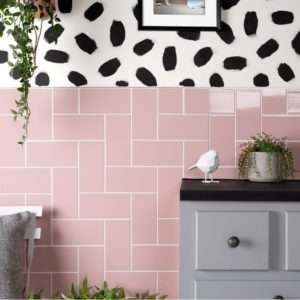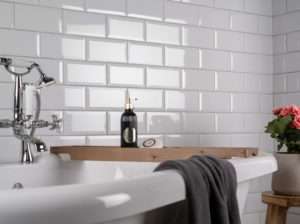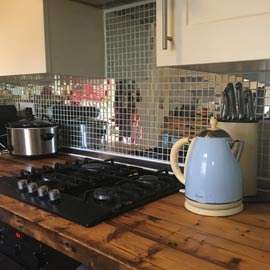Herringbone Tiles: Bring Your Home To Life with this Must-Have Pattern!
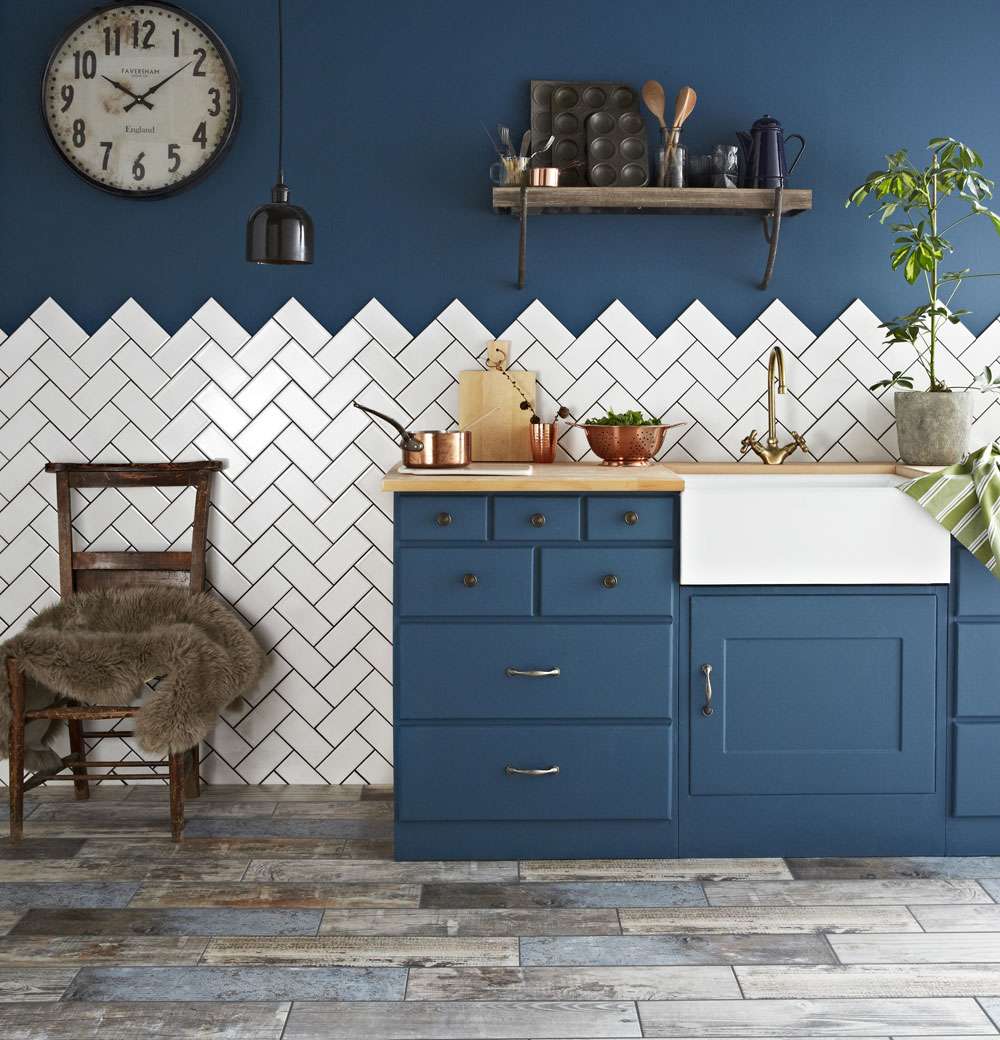
Whether you’re tiling a wall or floor, you’re going to need to decide on a tiling layout. The herringbone pattern is a popular trend right now! Let’s explore this stylish layout…

Above: Bastille White Smooth Crackle Metro Tiles
Herringbone Tiles: 2020’s Must-Have Pattern
This popular fishbone pattern is actually nothing new – it’s been used in interior design for centuries. But it has recently made its comeback, and it’s one of the most-searched-for tiling patterns on the internet! It’s a lively layout, and a welcome break from traditional brick-bond or linear patterns. It injects more character into a space, and actually has vintage qualities since it’s a layout with its roots in period times!
So how do you create the herringbone pattern?
Creating the herringbone pattern/layout is easy. You take two rectangular tiles – whether they’re a wood effect plank, or a brick-shaped tile, and you create a ‘V’ shape by resting the bottom of one tile against the side of another; ensuring the edges are flush. Repeat this over and over again. As you build a row of these V’s, the pattern takes the form of a fish spine – hence the name ‘herringbone’.
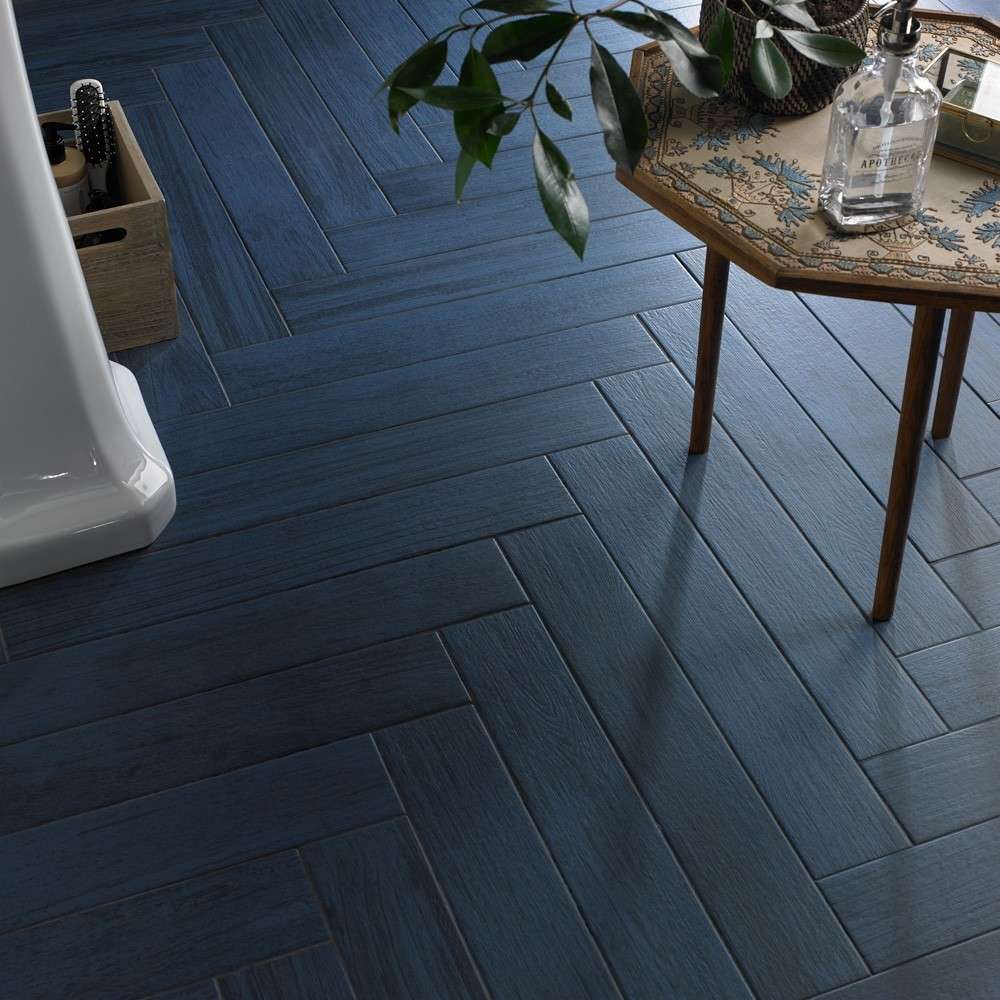
Above: Nyans Indigo Blue Wood Effect Tiles
Make a herringbone splashback
If you love the herringbone look and you want to introduce it into one of your rooms this season, then why not introduce a splashback? A splashback is simply a surface that stands behind a worktop, sink or cooker, and protects the wall from any water or residue from day-to-day usage.
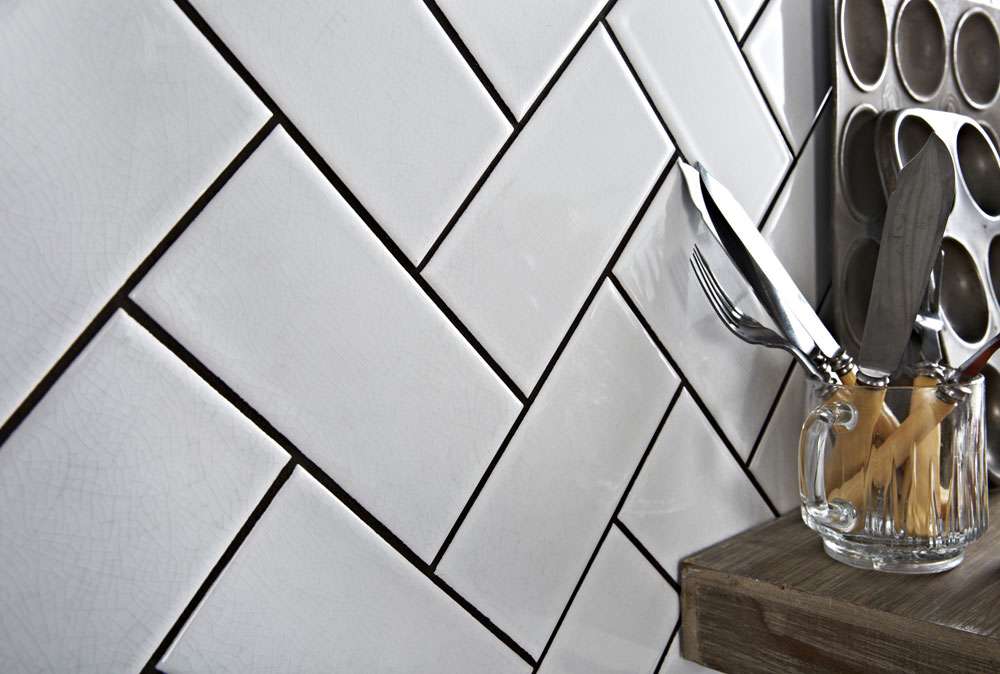
Above: Bastille White Smooth Crackle Metro Tiles
Although it’s not a huge wall space, it’s certainly an area that catches the eye of your guests as they step into the room, and it provides all the character a kitchen could ever need.
Above, the wonderfully shabby chic Antique Smooth Crackle Metro Tiles from Walls and Floors have been used to create a room-stealing herringbone splashback. They have a distinctive crackle glaze; perfect for adding definition to your wall spaces!
A crown of corners
When you get to the top of a tiled herringbone wall, you have two choices – you can cut the tiles into a straight linear edge, or you can embrace the triangles! It adds a really impactful ‘crowning’ effect; particularly if you contrast the colour of the tiles against a painted wall, like with these Bastille White Smooth Crackle Metro Tiles below:
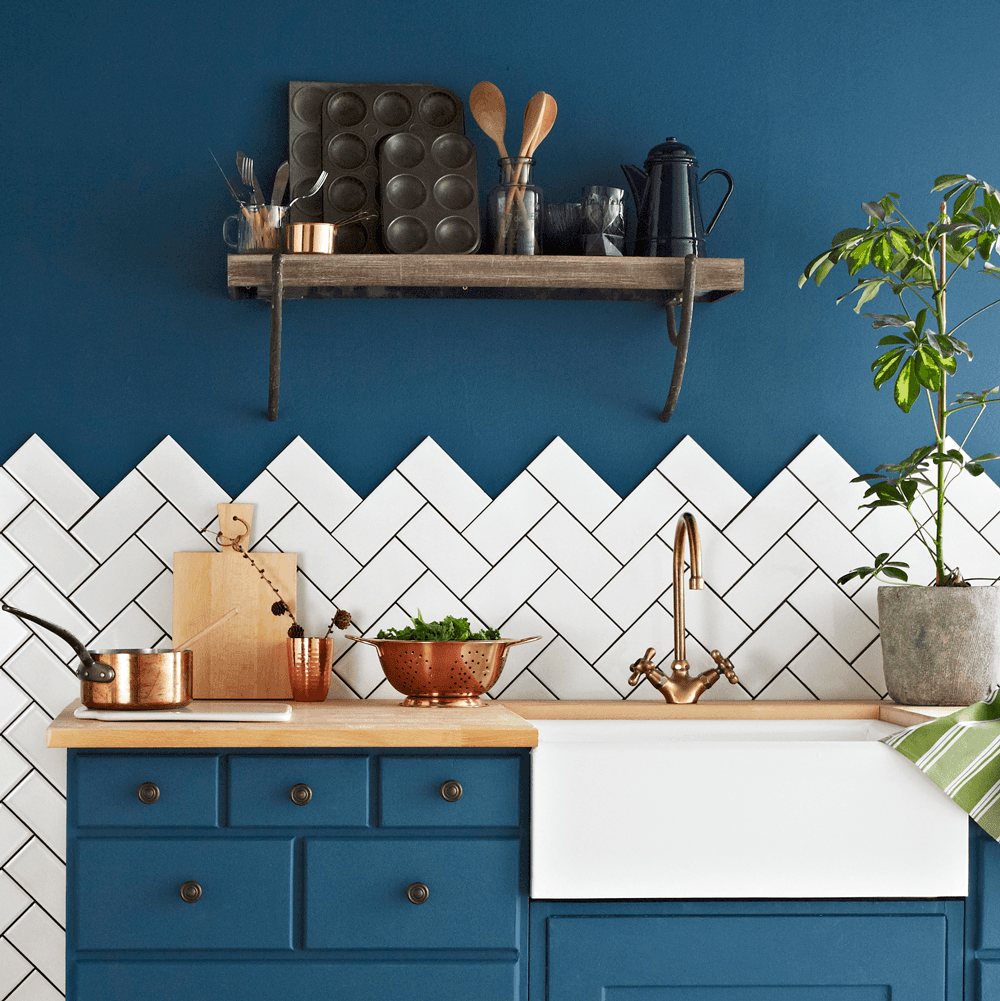
Accentuating tiles with grout
When using white tiles, try using a dark grey grout to really highlight and enhance the herringbone pattern! As you can see above, it makes each individual tile ‘pop’ and stands out.
Mix and match for a striking herringbone feature wall
When decorating a wall with the herringbone pattern, don’t be afraid to mix things up a bit! Blending together different colours and finishes is a great way of piecing together a captivating, eye-catching feature wall. Below, a mix of hues from our Country Cottage Metro Tile collection has been used to bring these walls to life!
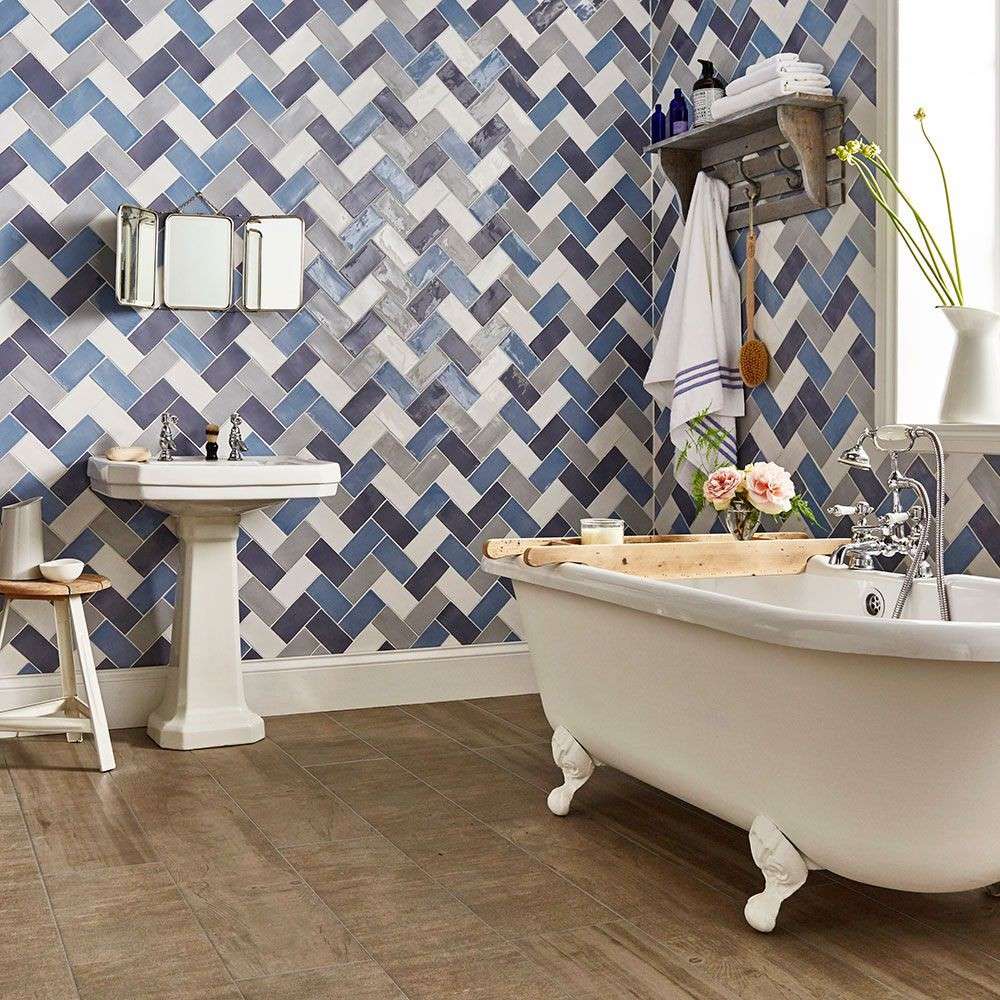
Create a period-styled herringbone floor
Wood effect tiles are more popular than ever before! They’re a robust, zero-maintenance alternative to natural wooden floorboards, and they don’t scratch and blister-like laminate does! To inject extra interest into floor space, apply a herringbone layout.
Wooden herringbone parquet flooring was abundant in period manors; so why not create your own Downton Abbey look?
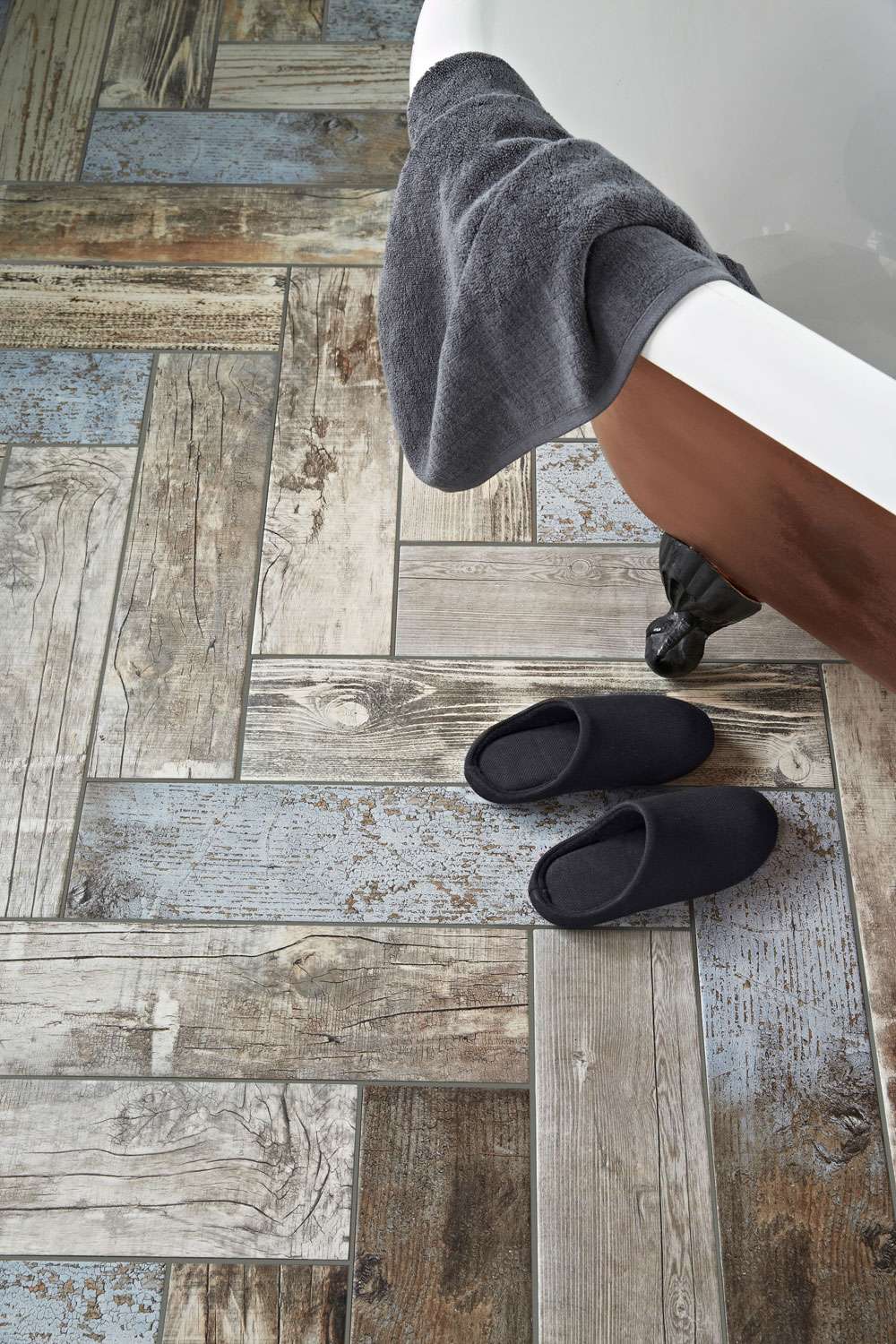
Above: Rustic Blue Reclaimed Wood Effect Tiles
There you have it – an introduction to the herringbone tiling trend, with some ideas for bringing the pattern into the wall and floor spaces throughout your home! Which room will you bring it into?

